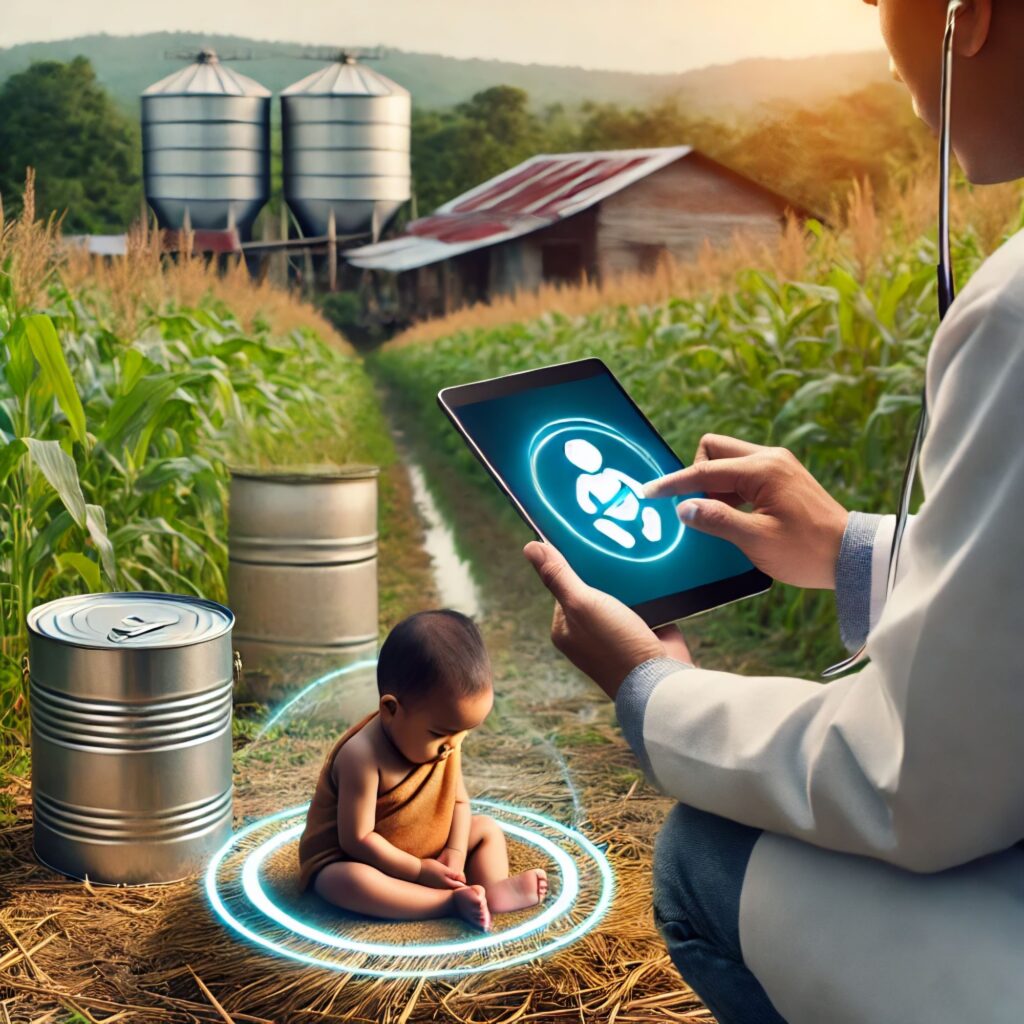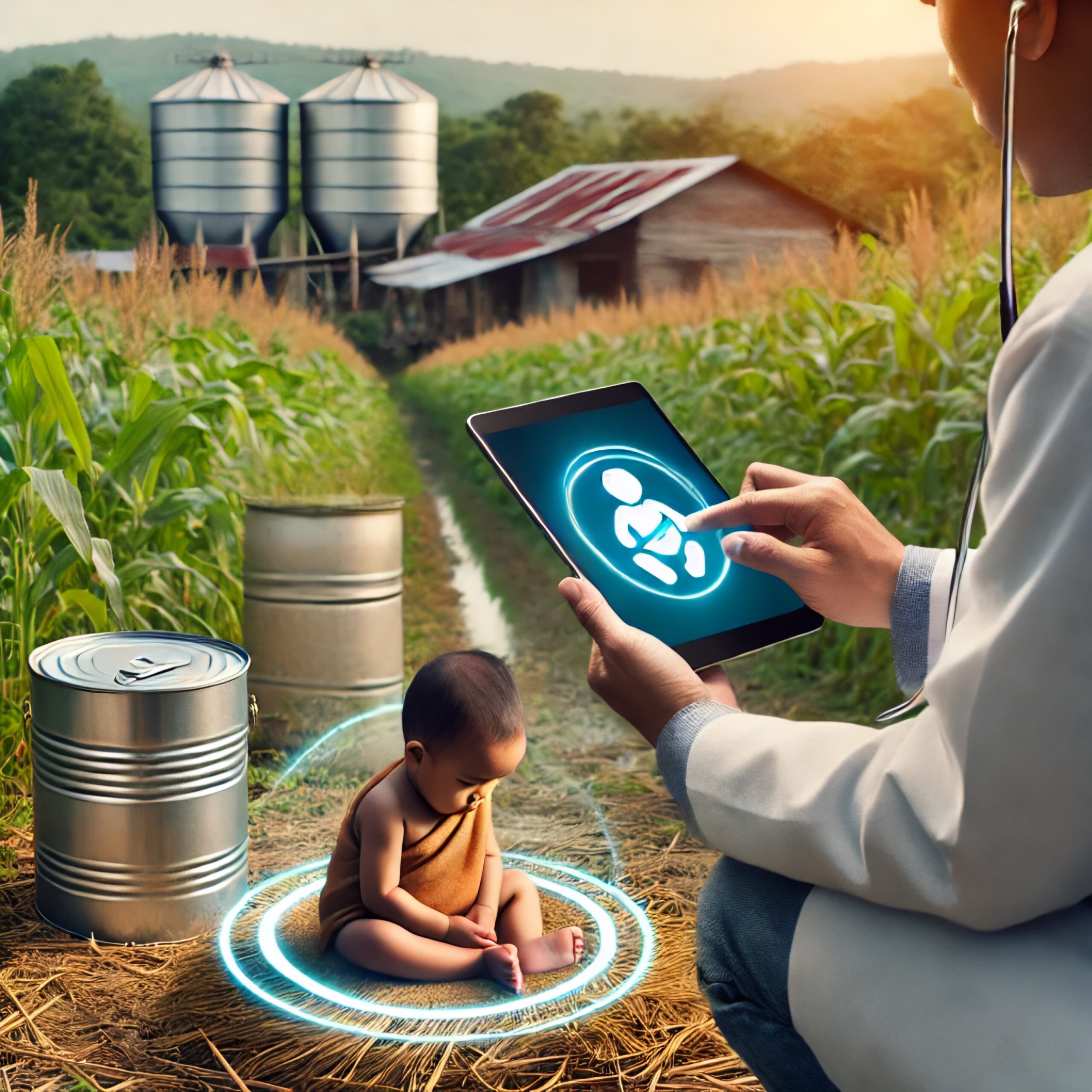Technological Innovations for Combating Global Malnutrition: New Solutions and Challenges
Technological innovations for combating global malnutrition are transforming the way we address one of the world’s most pressing health issues. From digital health platforms to mobile applications, technology offers new solutions for improving nutrition and food security worldwide. Organizations like the Global Alliance for Improved Nutrition (GAIN) are leading these efforts, leveraging technology to tackle malnutrition in vulnerable populations.
This article explores how technology is reshaping the fight against malnutrition, the innovative solutions being implemented, and the challenges that lie ahead.
The Scope of Global Malnutrition
Malnutrition affects millions of people worldwide, particularly in low-income and developing countries. According to the World Health Organization (WHO), nearly 45% of deaths among children under five are linked to malnutrition. Tackling this crisis requires innovative approaches that combine modern technology with proven nutritional strategies.
For more information on nutritional health, visit our Nutrition page.
Technological Innovations for Combating Global Malnutrition
1. Digital Health Platforms for Nutrition Education
Digital platforms are revolutionizing nutrition education. Apps and online tools provide real-time information on healthy eating, meal planning, and nutrient tracking. For example:
GAIN has developed digital tools to educate communities about fortified foods and their benefits.
These platforms connect healthcare providers with families, offering tailored nutritional advice.
Reference: GAIN Digital Health Initiatives
2. Mobile Applications for Monitoring Malnutrition
Mobile apps are being used to identify and monitor cases of malnutrition in remote areas. These apps help healthcare workers collect data and track progress efficiently.
Apps like Child Growth Monitor use AI to detect malnutrition by analyzing children’s growth patterns.
These tools allow quicker responses and better allocation of resources.
Reference: WHO on Digital Health Tools
3. Blockchain Technology for Food Distribution
Blockchain technology ensures transparency in food distribution systems, reducing corruption and waste. It allows organizations to:
Track food from source to recipient.
Ensure that fortified foods reach the most vulnerable populations.
GAIN has piloted blockchain systems to monitor fortified food delivery, ensuring efficiency and accountability.
Reference: GAIN Blockchain Project

The Role of Artificial Intelligence in Nutrition
AI is playing a crucial role in combating malnutrition by:
Predicting food shortages: AI analyzes weather patterns to forecast potential crop failures.
Personalizing nutrition: AI-powered tools recommend diets based on individual needs and local food availability.
For instance, AI algorithms have been used to identify nutrient deficiencies in communities, enabling targeted interventions.
Challenges in Implementing Technological Innovations
Despite the benefits, several challenges remain:
Access to technology: Many remote areas lack internet connectivity and digital literacy.
Cost barriers: Developing and implementing advanced technologies can be expensive.
Data security: Collecting and storing sensitive health data requires strict privacy measures.
Addressing these challenges requires collaboration between governments, private sectors, and global organizations like GAIN and WHO.
How Technology Transforms the Fight Against Malnutrition
Technological innovations are not just solving existing problems; they are creating new opportunities to improve global health. For example:
Real-time data collection: Enables quicker identification of malnutrition hotspots.
Food fortification tracking: Ensures micronutrients are effectively delivered to populations in need.
Enhanced education tools: Empower communities with the knowledge to make healthier food choices.
Visit our Nutrition page for more insights into improving health through better nutrition.
Future Directions for Tech in Combating Malnutrition
The future of technology in nutrition looks promising, with ongoing advancements in areas like:
Wearable devices: Tracking nutrient intake and health metrics.
Telehealth services: Providing remote nutritional consultations.
Smart agriculture: Leveraging IoT to improve food production and reduce waste.
Global organizations like GAIN are investing in these innovations to build sustainable solutions for malnutrition.
Conclusion
Technological innovations for combating global malnutrition are paving the way for a healthier, more equitable world. From digital platforms to AI and blockchain, these tools offer practical solutions for addressing the root causes of malnutrition. By overcoming challenges and fostering collaboration, we can harness technology to create lasting change.
For more updates on how nutrition impacts global health, explore our Nutrition page.
